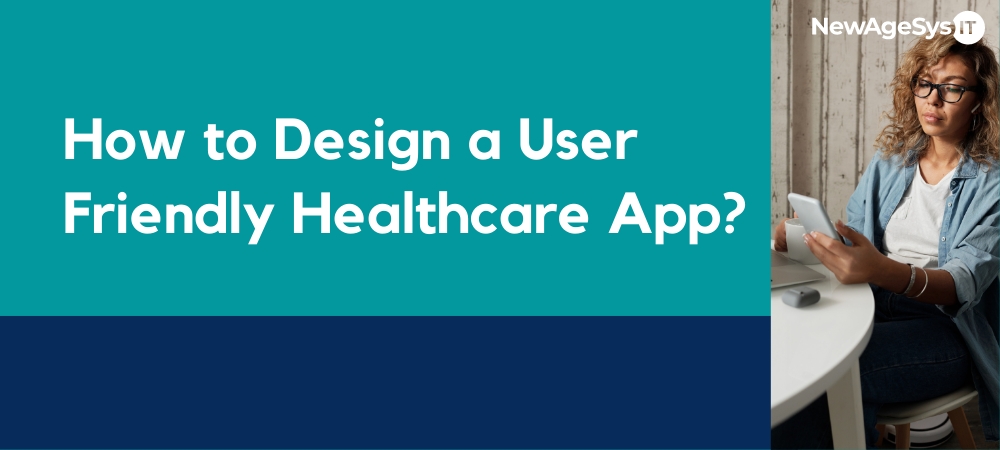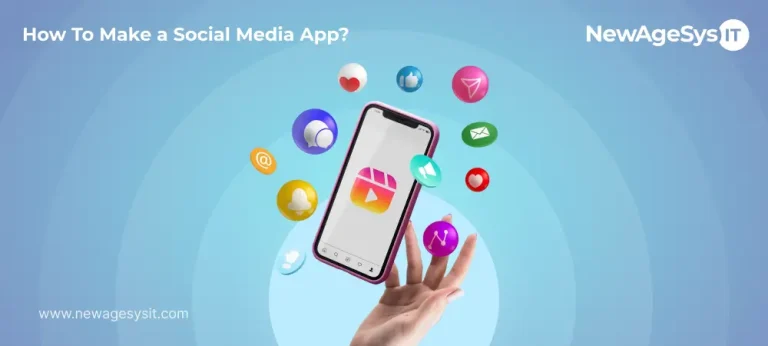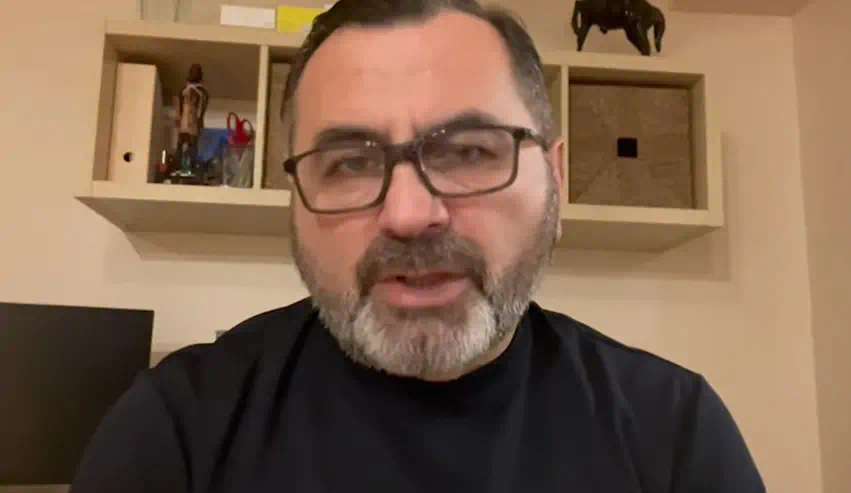Healthcare and maintaining well-being have become increasingly vital in contemporary times. With the sudden onset of the pandemic, people worldwide, across all age groups, have heightened their focus on personal health. This period has reaffirmed the age-old adage ‘health is wealth’ for many.
Consequently, to stay healthy indoors, individuals have turned to healthcare applications. According to shakuro.com, a healthcare app is designed to highlight critical medical information, guide users through their health journeys, and recommend necessary actions. These apps have proven effective in enhancing fitness levels, productivity, and overall happiness. As a result, over the past year, the healthcare app industry has experienced significant growth, becoming increasingly competitive.
New entrants into this industry have prioritized functionality, aesthetics, and safety, which has cultivated a loyal customer base for their applications. To successfully compete in the healthcare app industry and deliver exceptional services to customers, here are some essential strategies:
Thorough Market Research
Conduct extensive internal and external market research to deeply understand your target audience, competitors, and current industry trends.
Identify:
- Who your target audience is (medical professionals, patients, specific demographics).
- Competitors’ strengths and weaknesses.
- Emerging trends in healthcare app functionalities and features.
- Preferences of your audience regarding app types and desired features.
Focusing on Minimalism
After gaining insights from market research, prioritize simplicity and organization in your app design:
- Design a clean and minimalistic interface that is aesthetically pleasing and easy to navigate.
- Ensure the app delivers essential information clearly and concisely.
- Make the user experience intuitive and user-friendly, encouraging repeated use by medical professionals and patients alike.
- By implementing these strategies, your company can develop a healthcare app that not only meets the needs of your target audience but also stands out in a competitive market by providing a superior user experience.
Ensuring Accuracy in Information
When designing a healthcare app, absolute precision is paramount. The company must guarantee that users trust the information provided on the app implicitly. This entails sourcing information exclusively from specialists, practitioners, and healthcare experts, thereby enhancing the app’s credibility and fostering customer loyalty.
Incorporating Essential Features
While app features and functionalities vary based on type and target audience, certain indispensable features should be included universally. Developers should prioritize ensuring that the home screen prominently features all essential functions, allowing users to easily navigate additional features. This approach significantly enhances app convenience and usability.
Harnessing Personalization for Enhanced User Experience
Developing a healthcare app, whether locally or internationally, necessitates delivering optimal health services. Personalization plays a pivotal role in ensuring users consistently receive a superior and tailored experience. Allowing users to create personal profiles that store medical history, preferences, preferred healthcare providers, medication choices, and more enhances user-friendliness and convenience.
In conclusion, healthcare apps have become indispensable in uncertain times, prioritizing both physical fitness and mental well-being. As these apps continue to proliferate, transitioning to the online health realm offers substantial growth opportunities and represents the future of the industry.

























